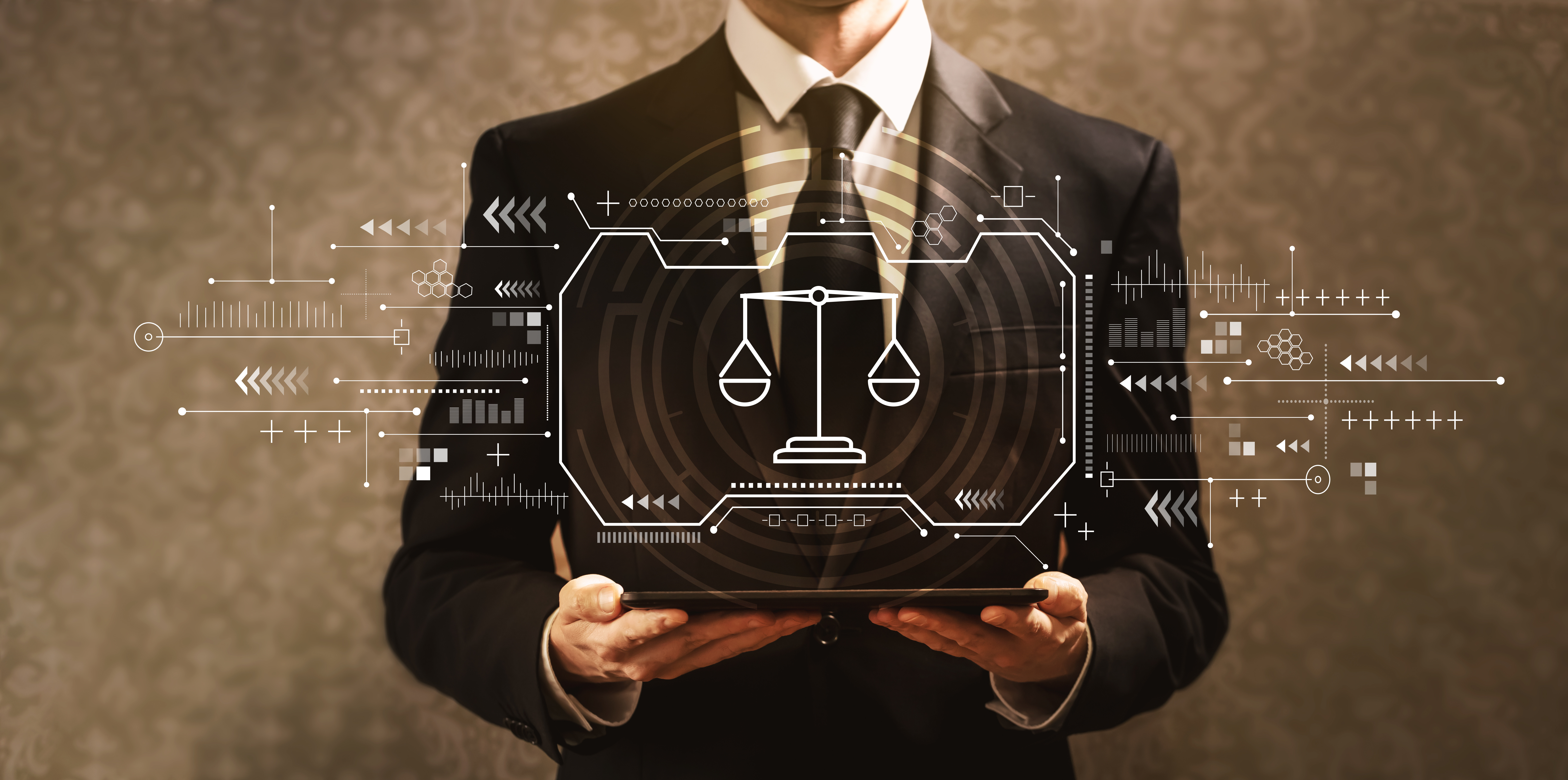It’s not uncommon to be skeptical or curious about new technology. In the legal industry, that caution and curiosity are an integral part of the job. eDiscovery teams in particular must have a strong understanding of a technology’s capabilities and limitations. They must also understand how it works, to a degree, before ever implementing it into their workflows.
Not only that, but often, the opposing side must also be comfortable with the technology in question. We’ve seen this time and time again with legacy AI tools such as Technology Assisted Review (TAR), which some attorneys still push back on to this day.
Generative AI, or Gen AI, is no different. The risks must be thoroughly weighed against the benefits, and implementation needs to be done strategically. But just because the legal world is often slow to embrace new technology doesn’t mean we should be satisfied with maintaining the status quo.
So, while the legal sector explores and expands ways to implement Gen AI successfully (and securely!), it’s important to understand why it matters, because Gen AI isn’t just a trend. It’s going to transform the eDiscovery process as we know it. Being at the forefront is going to be better than trying to play catch-up with this technology that changes and improves daily.
Aligning Legal Technology with Business Objectives
Attorneys have a duty to their organization to keep abreast of the latest technologies. Doing so allows them to make informed decisions regarding software and systems used by their team in a way that balances efficiency gains while minimizing risk. It also allows them to better align their technology stack with overarching business objectives and provide reasoning to stakeholders regarding their decision to implement or not implement certain technologies.
As previously mentioned, it’s essential to approach Gen AI with the same critical eye applied to any new technology. You need to understand its nuances, such as the fact that interacting with a Large Language Model (LLM) is more like interacting with humans than it is with a traditional documents database.
In addition, Gen AI is a tool to augment human expertise, not replace it entirely. Human interactions and AI feedback loops still require a “trust but verify” approach to the results and outputs received.
Impact on Volume, Cost, and Deadlines
The most immediate benefit of Gen AI is its impact on eDiscovery and document review workflows, including turnaround times. Many time-consuming, repetitive tasks that traditionally required human effort can now be automated or streamlined using this new technology. These include:
- Redaction of personally identifiable information (PII)
- First-pass document review for responsiveness
- Document summarization for witness or deposition preparation
- Performing data breach notification review
- Cutting through noise in large datasets
By automating these tasks, Gen AI can significantly reduce the time and cost associated with large-scale document review and analysis. This not only improves efficiency but also allows eDiscovery teams to focus on higher-value work that requires human judgment and creativity.
Additionally, robust quality control processes are a must to ensure that Gen AI’s outputs meet the high standards of accuracy and completeness that are expected of its human counterparts. We can’t simply assume that because a task has been automated or completed by a computer, that it’s been done correctly. As mentioned earlier – trust, but verify.
Maintaining the Human Element
It’s clear that the legal industry is at another technology crossroads. The question, however, is no longer whether we should care about Gen AI (we definitely should), but how we can adapt to and leverage its capabilities. While it’s natural to approach new technology cautiously, the potential benefits are too significant to ignore.
The key to success lies in striking the right balance, keeping in mind that Gen AI is only a tool to augment human skills, not a system to replace them. The most successful eDiscovery teams will be those who learn to work alongside this new technology, leveraging its capabilities while applying their own judgment and creativity.

TCDI Talks
Share article:
TCDI Talks is a video series that brings you face-to-face with the brilliant minds shaping the legal industry. The series focuses on the latest in AI, legal technology, litigation management, and so much more. This blog post is an extension of the insights shared during those discussions. To watch the series, please visit the TCDI Talks page.





